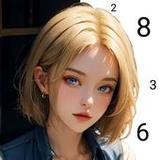In early April, Nintendo's highly anticipated Switch 2 Direct event concluded with a concerning omission. The presentation showcased numerous exciting new features and a broad lineup of upcoming games, but one key detail was missing—the price. Fans' worries about a major price increase were soon confirmed. Nintendo later announced on the newly launched Switch 2 website that the console would retail for $449, a $150 jump from the original Switch's $299 launch price. Frustration that Nintendo wasn't transparent about the cost was coupled with anxiety about the console's potential success, especially when it was revealed that Mario Kart World, the Switch 2's flagship launch title, would cost $80.
Some Nintendo fans, still scarred from the Wii U era, immediately fell into pessimism, arguing that the Switch 2's high price would shrink its potential audience and plunge the company into another difficult period. After all, who would pay $450—roughly the same as a PS5 or Xbox Series X—for a system based on what is essentially last-generation hardware? These fears were quickly dispelled, however, as Bloomberg reported that the Switch 2 is on track to become the biggest console launch in history, with projections of 6 to 8 million units sold. That figure would easily surpass the previous record of 4.5 million, jointly held by the PS4 and PS5. Despite the price, demand for the Switch 2 is clearly intense. Looking back at video game console launch history, this outcome was almost inevitable.
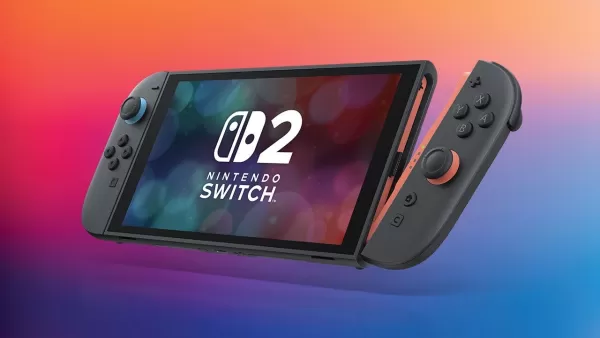
Ironically, Nintendo's biggest failure reveals why the Switch 2 is poised for success. Released 20 years ago, the Virtual Boy was Nintendo's first—and so far only—serious attempt at virtual reality. The sci-fi appeal of VR has always been strong, and the technology's current popularity proves that, but in 1995 even the most advanced VR systems were far from ready for the mainstream. And Nintendo's Virtual Boy was hardly cutting-edge. The company made major compromises to bring the device to market. It had to be placed on a table, requiring users to bend over to peer into the viewfinder, where games were displayed in a stark red monochrome. Additionally, numerous reports cited headaches caused by the device. The technology simply didn't live up to players' imaginations—it was no Star Trek device that could transport you to new worlds. Unsurprisingly, consumers rejected it.
The Switch 2, despite its cost, is nothing like the Virtual Boy. A better comparison is the Wii, which introduced motion controls that worked exceptionally well and offered a refreshing new experience. It reshaped how games could be played and dramatically widened the gaming audience—you were as likely to see a Wii in a retirement community as in a child's bedroom. Thanks to the lasting appeal of the Wii's innovations, motion controls are now a standard feature on all Nintendo consoles, and they remain the preferred way to play games like Pikmin and Metroid Prime.
Creating a highly desirable console isn't a feat unique to Nintendo. Sony's PlayStation 2 could play DVDs as well as games, making it a must-have gadget in the early 2000s. But when Nintendo gets it right, they truly excel. The original Switch's core feature—seamlessly switching between handheld and TV modes—worked flawlessly. It redefined the boundaries between portable and home consoles, blending two previously distinct categories. This concept remains immensely popular today, and few players would want Nintendo to abandon it. The main criticism of the original Switch (aside from Joy-Con drift) was its limited processing power, and Nintendo is now addressing that decisively with the new model. So while the Switch 2 may not be as groundbreaking as its predecessor, it's clearly something gamers still want.
The Switch 2's pricing is in line with what Nintendo's rivals charge for their own flagship consoles."
However, desirable hardware alone isn't enough. The Wii U, Nintendo's most recent misstep, suffered not only from unappealing technology but, more critically, from a lack of compelling games. Its launch title was New Super Mario Bros. U, a safe entry in a series that had grown stale. It failed to refresh a formula that Nintendo fans had seen repeatedly since the DS era—this was the fourth New Super Mario Bros. game in just six years—so it wasn't compelling enough to drive system sales. The same was true for other major Wii U releases. While games like Donkey Kong Country: Tropical Freeze and Super Mario 3D World later found success on Switch, at launch they felt uninspired and offered limited innovation. People bought a Wii for Wii Sports, a Switch for The Legend of Zelda: Breath of the Wild, and a DS for Super Mario 64 DS. Unfortunately, the Wii U never had that system-selling hit. This, more than its unusual tablet design, sealed its fate.
In stark contrast to the Wii U, the Switch 2 not only inherits what might be Nintendo's strongest software library from the prior generation but also introduces new ways to enjoy those games, through both visual enhancements and fresh content. Furthermore, the Switch 2's launch title, Mario Kart World, isn't just another Mario Kart. It completely overhauls the traditional formula, adopting an open-world design similar to Forza Horizon, giving players a real reason to choose it over the well-loved Mario Kart 8 Deluxe. Adding to the momentum, a month after the Switch 2's release, Nintendo is launching the first 3D Donkey Kong game since 1999—and to boost excitement, it appears to draw inspiration from the beloved Super Mario Odyssey. Then, in 2026, an exclusive FromSoftware title will arrive, one that intriguingly bears some resemblance to Bloodborne. Nintendo has provided multiple compelling reasons not to sit out this generation.
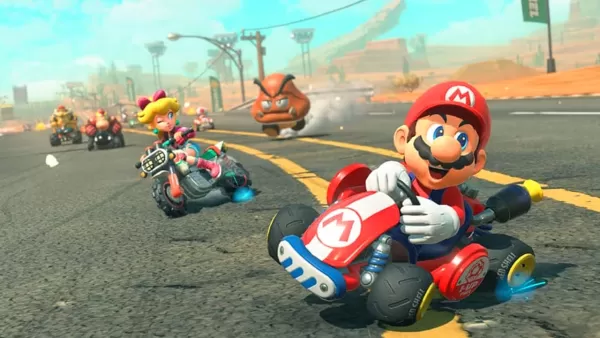
Price will always influence an individual's decision to buy a console, and it's fair to say the Switch 2 is an expensive luxury, particularly in a challenging global economy. However, the Switch 2's price matches what competitors ask for their flagship systems. The standard disc-based PS5 aligns with the Switch 2's Mario Kart World bundle price of $499, and the Xbox Series X is similarly priced. While one could argue that the Switch 2's more modest hardware should place it closer to the Xbox Series S (currently $380), we must also account for Nintendo's unique value proposition—the Switch 2's appeal isn't based solely on performance.
The most notable example of a console whose high price severely hurt its sales is the PS3. The third PlayStation launched at $499 for the 20GB model and $600 for the 60GB version ($790 and $950 when adjusted for inflation). In 2006, there was no precedent for such expensive consoles, and players initially gravitated toward the more affordable Xbox 360. Here in 2025, while the Switch 2 is undoubtedly expensive, its price is not without precedent. In fact, it's the standard for modern video game hardware.
Nintendo's distinctive position in the gaming industry stems from its ability to create genre-defining games that people are eager to pay a premium for. However, compared to the competition, you aren't actually paying a premium for the Switch 2—it's priced similarly to other industry leaders. It may not match the raw power of a PS5, but it's a sought-after piece of technology that will be stocked with in-demand games. There is a limit to what consumers will pay, and if game prices keep climbing, Nintendo may eventually reach that threshold. For now, though, Nintendo is merely meeting the price point established by its competitors. And with over 75 million PlayStation 5 units sold to date, it's clear that this is a price many are willing to accept.

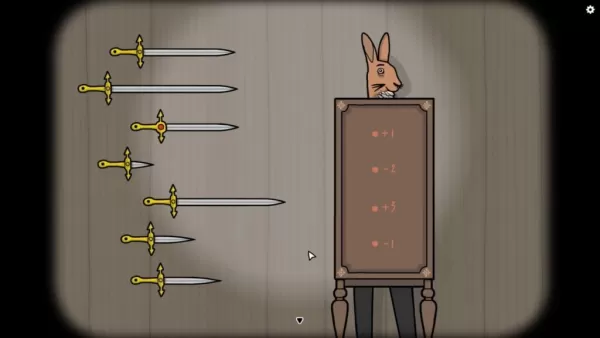
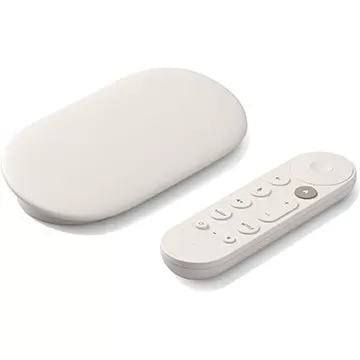
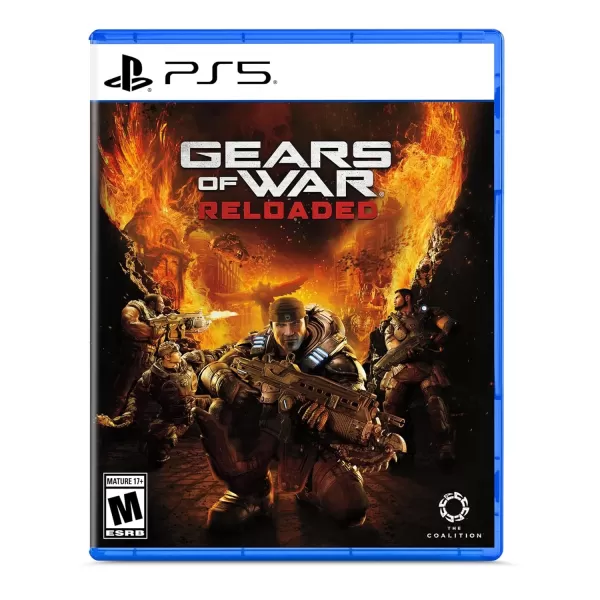
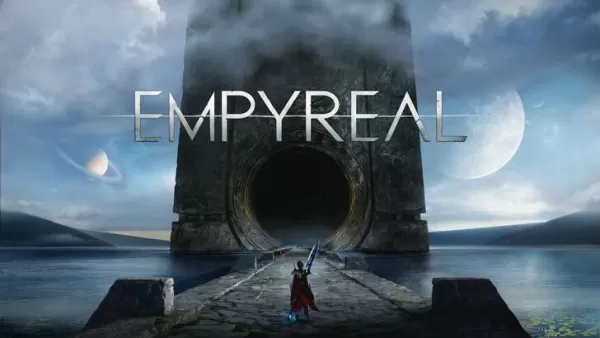




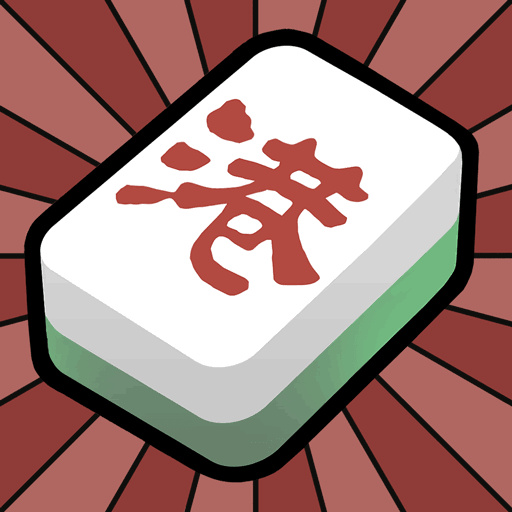
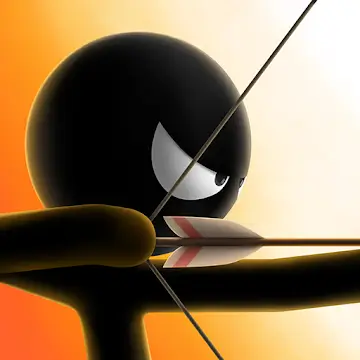
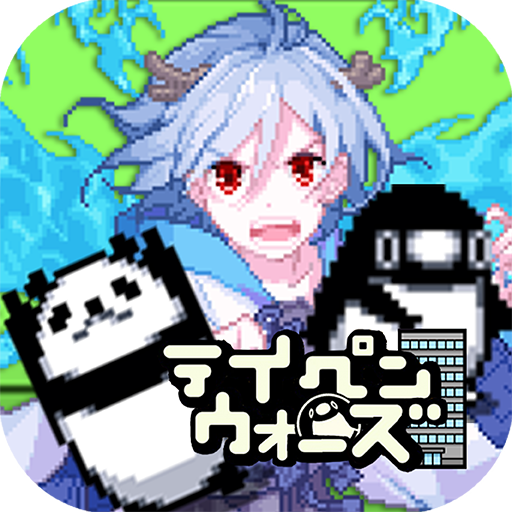
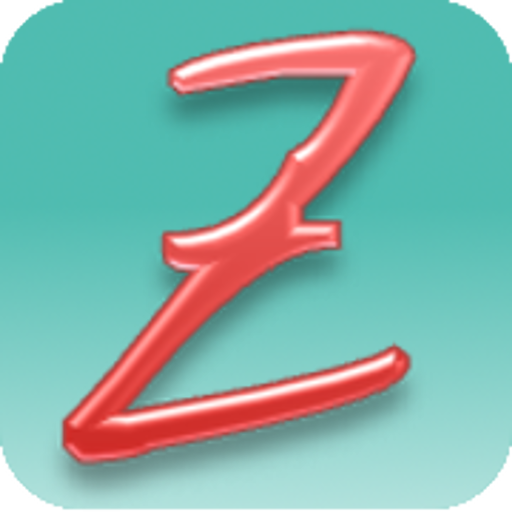
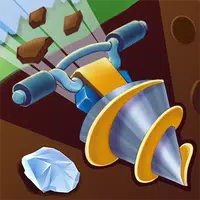

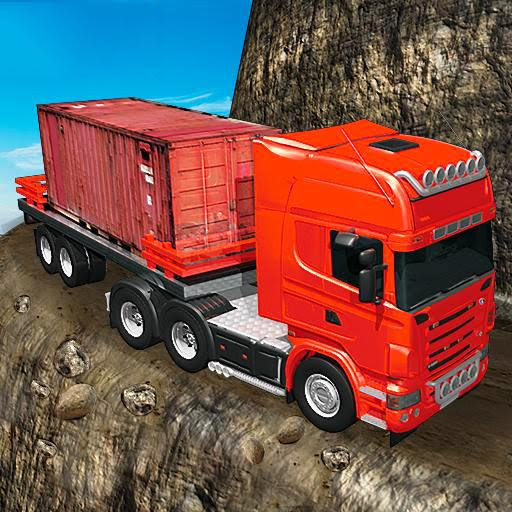
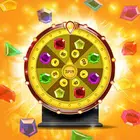
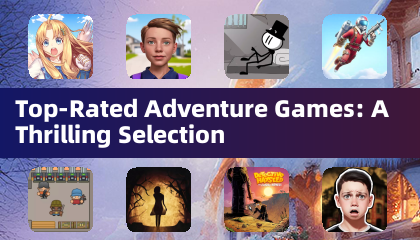
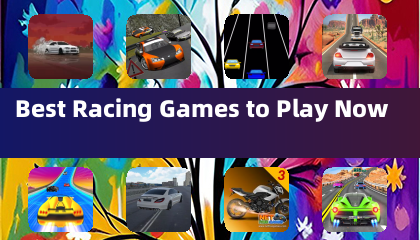
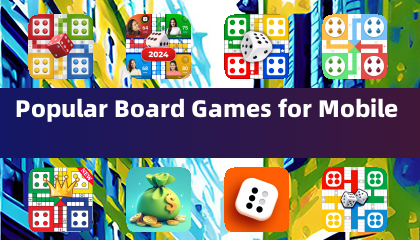

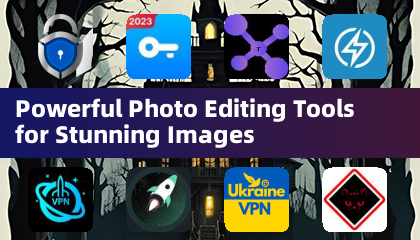
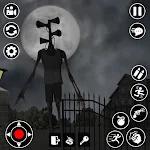

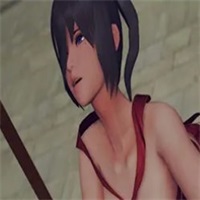
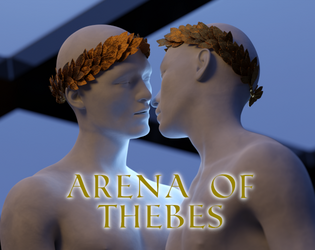
![City Devil: Restart [v0.2]](https://img.icssh.com/uploads/38/1719554737667e52b102f12.jpg)


